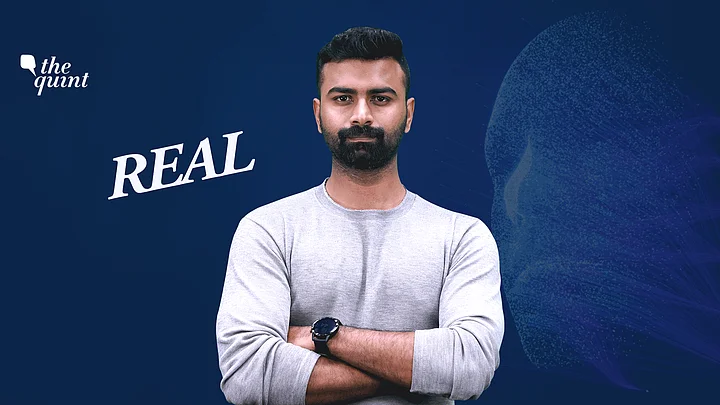Camerapersons: Athar Rather, Umar Shah
Video Editor: Rahul Sanpui
In 2020, during the Delhi elections, there were deepfake videos of BJP politician Manoj Tiwari that were shared on WhatsApp groups where he was seen addressing voters in Haryanvi and English.
The real video, however, was recorded in Hindi. As per reports a Chandigarh-based start-up Ideaz Factory was hired to create these deepfake videos.
Deepfake is basically machine learning technology that manipulates audio and video recording to show people things that others never did or said. They appear authentic but they really are not.
Deepfake videos can be made by recording someone’s face and matching their facial movements with a famous personality.
To gain precision in copying facial movements and voice modulation it would involve high-end software and coding at the development level but surprisingly there is some free software available online that can help you create your own deepfake.
You can surf the internet and find plenty of deepfake video-making software for desktop PCs and phones. We downloaded Machine Tube which is a desktop-based application.
It comes pre-loaded with some free templates of celebrities and politicians like American President Donald Trump and singer Kanye West. We were able to use their faces in this software.
After the installation was completed, I shot a 10-second video of myself. Most free versions of these softwares give you the option to create short deepfake videos limited to a few seconds.
When you’re shooting try finding a face that preferably has a similar facial structure and skin tone to the celebrity you want to make a deepfake of.
After shooting the video I uploaded it on the software via YouTube. After that, I picked a pre-loaded model to copy the face. Singer Kanye West was the lucky winner.
This software analyses the facial expressions of the subject and using AI tries to match it with the celebrity’s face. This process takes a while.
It creates multiple images in PNG format and captures every face detail and expression. The lesser the face movement the better the software will track.
After it was done scanning the face I ran the Faceswap software where it renders the celebrity’s face on mine.
Since this is free software, the output rendered is very basic and not good enough to fool someone. At times the results are disastrous.
However, for the right price, you can get strikingly similar results like what you saw with the Manoj Tiwari Video. Two years ago, American actor Jordan Peele was seen in a deepfake YouTube video that showed how he could imitate Obama and those results were shocking.
Most of the time you won’t find a professional voice-over artist who can imitate a famous personality but today there are softwares that can do that for you. A software like Lyrebird has the capability to form sentences just by hearing a few words you speak. Considering that audio can be manipulated like this, forming sentences won’t be difficult at all.
Basic face-swapping applications like Doublicat are also available for smartphones which lets you create 5-10 second gifs by swapping your face with celebrity faces. It’s nowhere as accurate as what is rendered on a PC but the results can be amusing.
There is, however, better software available like Faceswap and Deep Face Lab that give you more accuracy, when copying faces but they are very complicated to operate and need dedicated time and expertise in the software to render a good deepfake video.
As human beings, we have a visceral tendency to believe everything we see and hear. But today, even that is risky. We also tend to share information that is negative. Hoaxes tend to spread 10 times faster than true stories.
Technologists believe that with advancements in AI soon it will be almost impossible to track the difference between a real video and a fake one.
This is why to counter something like this we need proactive solutions from tech companies, from lawmakers and even the media. We also need some resilience from people to not believe everything they come upon on the internet.
Because in this day and age of deepfake, seeing is not believing.
